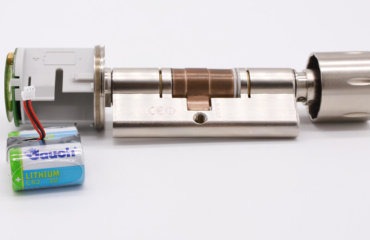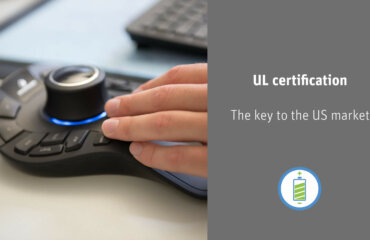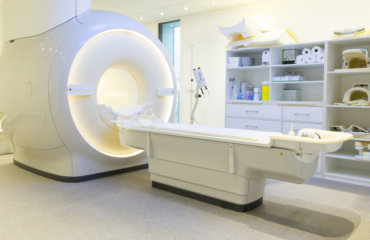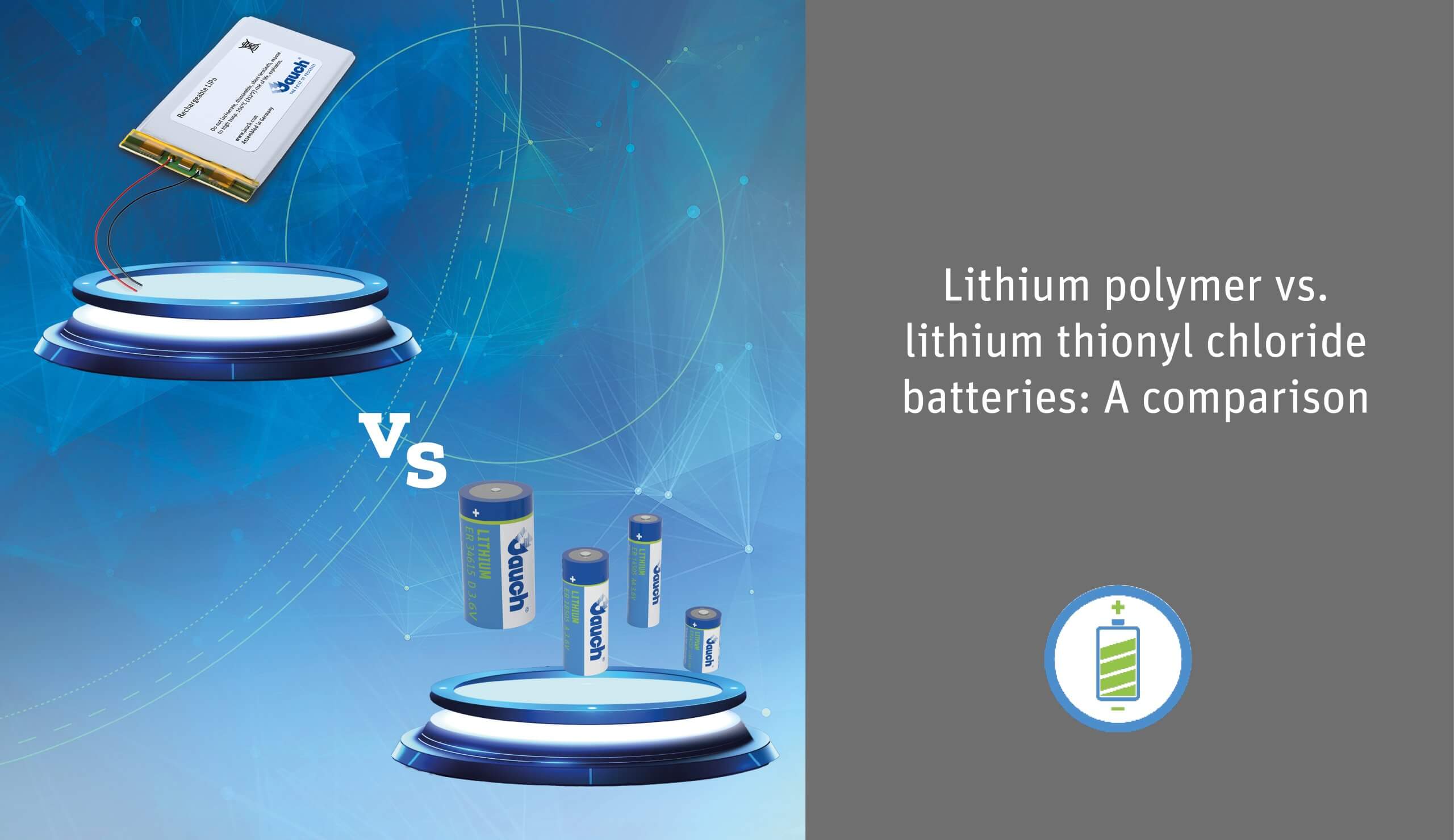
In a world where the demand for powerful and long-lasting batteries is constantly growing, different technologies are competing to meet the needs of a wide range of applications. Among the promising options, rechargeable lithium polymer batteries and primary lithium thionyl chloride batteries are at the top of the list. Both are lithium batteries and are often used in portable devices and cutting-edge applications. However, there are significant differences in terms of size, capacity, lifespan and safety.
We take a closer look at these differences in the following blog article.
Lithium polymer batteries
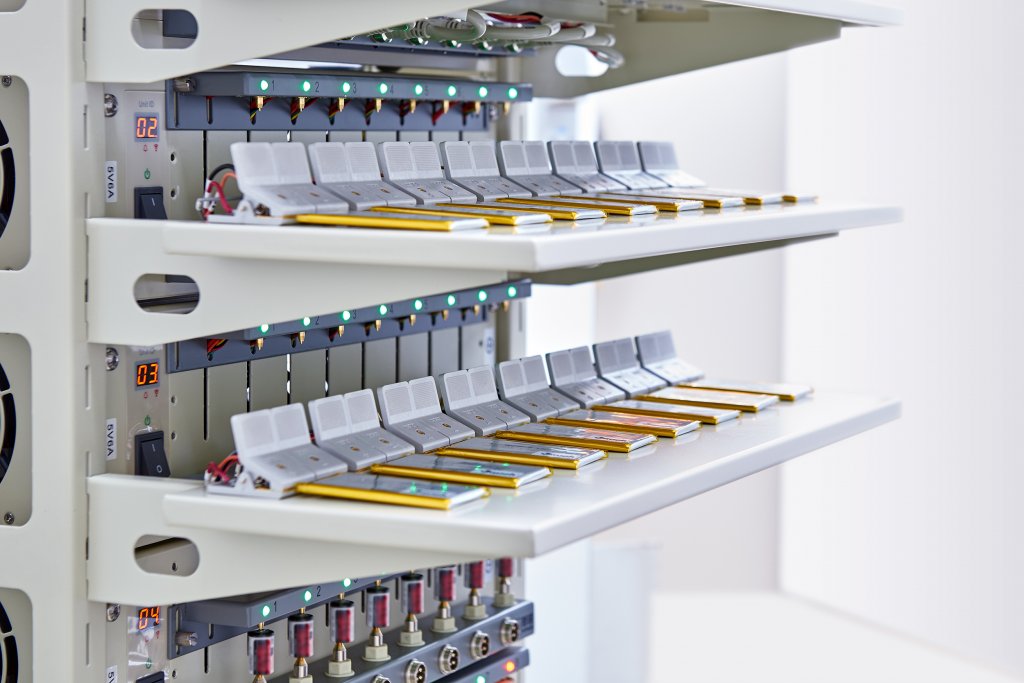
Lithium polymer batteries do not have a solid metal casing, but what is known as a pouch. The cell is encased in an aluminium film covered on both sides with plastic, which corresponds to a flexible and lightweight housing. They can be manufactured in different shapes and sizes, which enables both small (e.g. Bluetooth headphones) and large (e.g. laptops) and lightweight designs. In contrast to lithium thionyl chloride batteries, lithium polymer batteries are rechargeable. To prevent short circuits, overcharging or deep discharges, they are usually equipped with protective electronics.
Lithium polymer batteries offer a number of advantages, but there are a few things to bear in mind when using these batteries: Due to their design, they are mechanically sensitive. They are also prone to ‘swelling’, a natural swelling of the cell when fully charged and over several charging cycles. Therefore, a little more space must be planned in the design-in to allow for this swelling.
Lithium thionyl chloride batteries
The lithium thionyl chloride battery, also known as Li-SOCl₂, contains an electrolyte solution of thionyl chloride and conductive salt. This combination results in a very high energy density and a long service life, as metallic lithium and thionyl chloride (cathode material) generate the high energy density. These batteries are often used in applications with low power requirements where a long service life is required, such as in locking cylinders, timers, or heating cost meters. The high energy density allows these applications to operate for several months or even years without having to replace the battery.
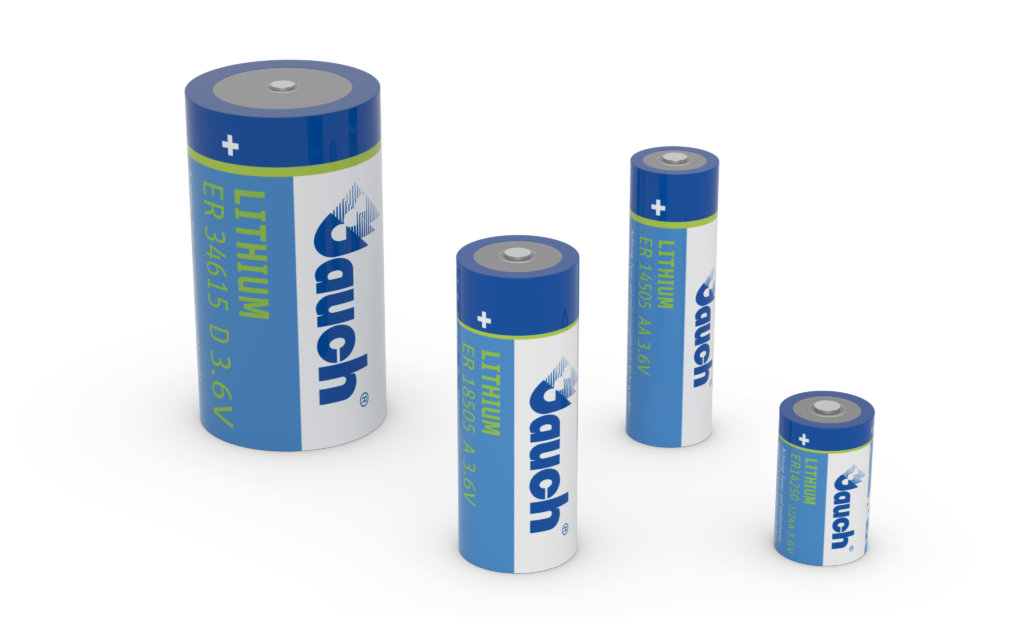
In the lithium thionyl chloride battery, a chemical reaction occurs between the lithium anode and the electrolyte, which is known as passivation. A protective film of lithium chloride forms on the lithium anode, which makes the battery durable both in use and in storage. Lithium thionyl chloride batteries are characterized by a very low self-discharge rate, which averages around one percent per year at room temperature.
However, there are a few things to bear in mind: Unlike a lithium polymer battery, a lithium thionyl chloride battery must not be recharged and must be disposed of after discharging. In addition, as already mentioned, the passivation can become noticeable when the battery is put into operation if the current is too high.
The accumulated lithium chloride on the lithium anode obstructs the exchange of ions between the anode and cathode.
Conclusion
To summarize, both battery technologies have their own unique characteristics and applications. The choice between them depends on the specific requirements of an application, including performance, size and lifespan. Ultimately, it is important to consider the individual requirements to find the best battery solution for a particular application.
Are you looking for the right battery for your application? Our experts are happy to answer your questions.


 Deutsch
Deutsch 

